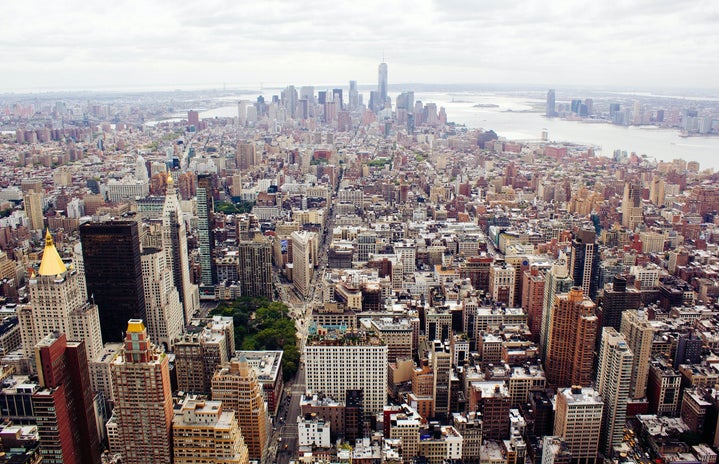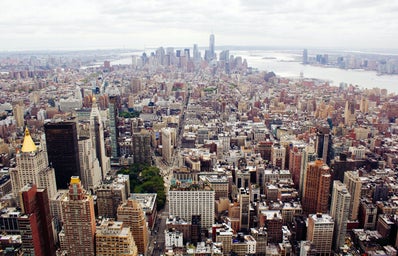One dimension of discrimination is environmental racism. Many folks are aware of environmental issues, as well as racial justice issues, but are not aware that the two intersect. The truth is they intertwine quite heavily. People of color, and in the United States specifically black people, are more likely to be exposed to pollution and toxic chemicals than white people. These environmental issues can lead to all sorts of negative externalities and other long term issues. Cleanup, adverse health effects, and even decreased brain function are just a few examples. This is an immediate issue and deserves more attention so we can move forward in fixing it.
For a short while, there was the thought that income was the most accurate way to determine proximity to pollution, since many low income communities are near polluted areas. However, it was found that race is more accurate: in fact black Americans making $50-60,000 are still more likely to close to polluted areas than white Americans making $10,000. Additionally, a multitude of other studies demonstrate the fact that these pollution/environmental issues impact people of color at higher rates. In 2018 the EPA published a report stating that at all scales “non-whites tend to be burdened disproportionately to whites” regarding living in proximity to pollutors and polluted air. Another report done by the US General Accounting Office found that 75% of the communities that live near damaging and toxic landfills are primarily black. According to the same article, black Americans are also exposed to 56% more pollution than they produce, but white Americans are exposed to 17% less than they produce. The evidence can keep going, further illustrating the fact that this crisis needs to be dealt with.
Moreover, none of this was an accident – or de facto – it was all carefully designed. The book The Color of Law is an excellent depiction of how racial minorities were forced into living in less desirable neighborhoods. This was done through means of zoning laws and being denied home loans, known as redlining, which in turn caused unofficial segregation. These neighborhoods were located near landfills, oil refineries, chemical plants, factories, and so forth which is what made them so undesirable to the “proper” white families. Years of legislation and lack of protections has only cemented these unofficially segregated neighborhoods since their inception.
A notable example of this is Flint, Michigan. The city changed their water source to Flint River to save money, but in a continued effort to be cheap, they did not use proper treatment processes for the water. This exposed the 100,000 predominantly black residents to a vast array of extremely harmful bacteria and lead poisoning. The water was discolored and very unsafe to drink – and for those that had no choice but to drink/shower/use the water, many experienced hair loss and some skin conditions. 12 people lost their lives to Legionnaires’ disease. But for over a year and a half, the complaints citizens had were largely ignored. Even now, almost 7 years later, certain neighborhoods still do not have access to clean and safe water, and a widespread lack of trust has left few actually using the new pipes. Other places in the US experience similar environmental issues that negatively affect minorities as well, such as arsenic in San Joaquin Valley and high cancer rates between Baton Rouge and New Orleans dubbed ‘cancer valley.’ These issues are not unique and that needs to change.
The discrimination that black people and other minorities face through environmental racism is abhorrent and needs to end. The adverse health effects and overall lower quality of life is only one piece of the pie that upholds systemic racism. Increasing awareness of discrimination is vitally important if we are to ever move forward in fixing this crisis.
Sources:
https://www.apa.org/monitor/2012/07-08/smog
https://www.weforum.org/agenda/2020/07/what-is-environmental-racism-pollution-covid-systemic/
Rothstein, Richard. 2018. The Color of Law
https://www.nrdc.org/stories/flint-water-crisis-everything-you-need-know
https://www.washingtonpost.com/climate-environment/interactive/2021/flint-clean-water-crisis-photos/

